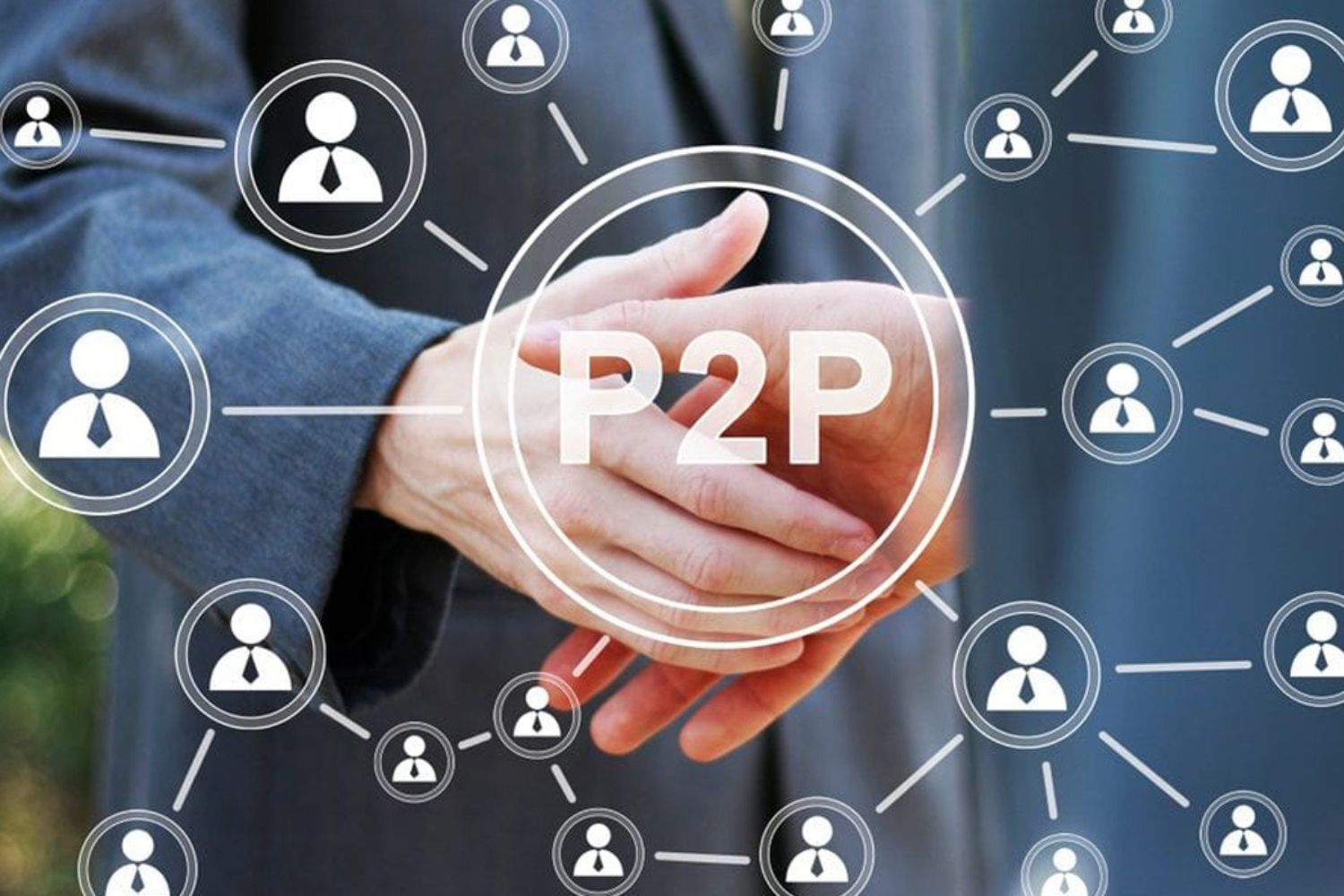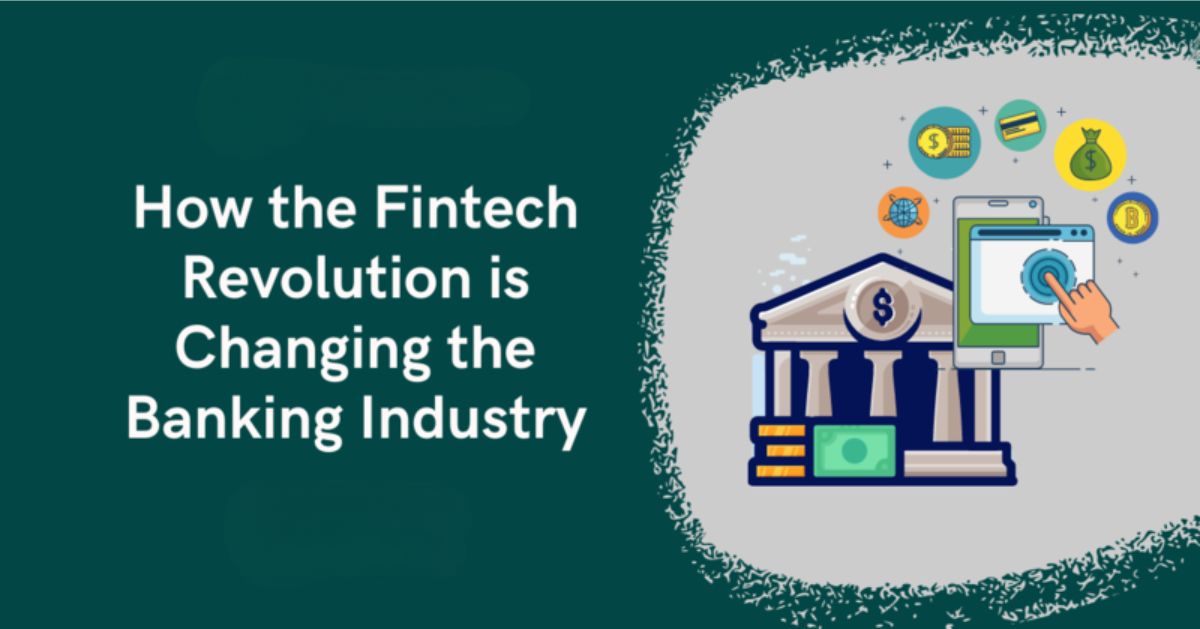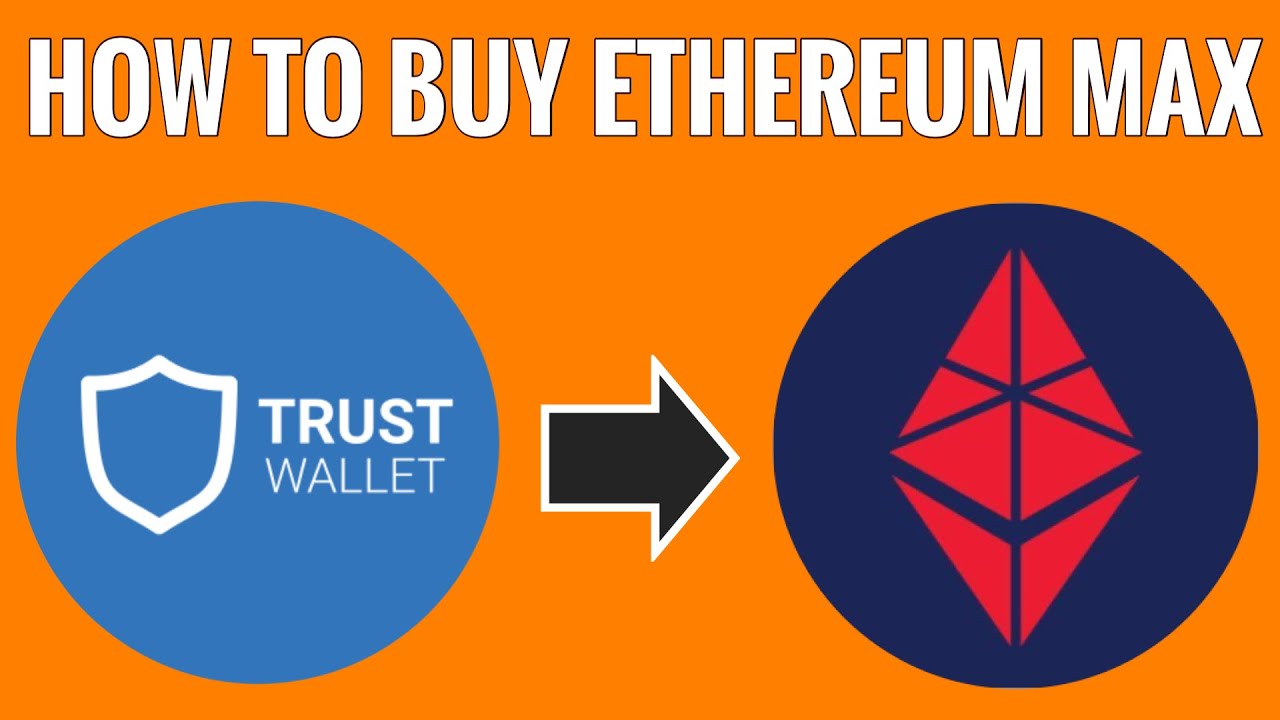Introduction
The evolution of technology has had a profound impact on society, transforming the way we work, communicate, and access information. Peer-to-peer (P2P) networking is one such technological advancement that has revolutionized the way people share resources and collaborate. P2P networking enables direct interaction between computers, allowing individuals to exchange files, communicate, and collaborate without the need for a centralized server or authority.
Over the years, P2P networking has undergone significant developments, shaping the digital landscape and fundamentally altering various industries. With the rise of the internet and the increasing availability of broadband connections, P2P networking has gained traction and become a powerful force in reshaping society.
As we delve deeper into the world of P2P networking, we will explore how it has changed society in several key areas. We will examine how it has increased accessibility to information, disrupted traditional business models, fostered collaborative consumption, empowered individuals and small businesses, and fueled innovation and creativity. However, it is also important to acknowledge the challenges and controversies that accompany the use of P2P networking.
So, let us embark on this journey to understand the profound effects of P2P networking and how it has shaped society in both positive and negative ways.
Increased Accessibility to Information
P2P networking has democratized access to information, breaking down traditional barriers and enabling individuals to share and acquire knowledge on an unprecedented scale. In the past, obtaining information often relied on centralized sources such as libraries, bookstores, or educational institutions. However, with P2P networking, individuals can share files, documents, and media directly with one another, bypassing the need for intermediaries.
This accessibility to information has revolutionized education and learning. Students and educators can now access a vast array of textbooks, research papers, and educational resources through P2P networks. This not only promotes self-directed learning but also enables individuals in remote or underserved areas to access educational materials that were previously out of reach.
Furthermore, P2P networks have facilitated the sharing of cultural and creative works, allowing artists, musicians, and authors to reach larger audiences. Platforms like BitTorrent and Napster have enabled the sharing of music files, ebooks, and movies, giving independent artists and creators the opportunity to gain exposure and connect with their audience directly.
However, it is crucial to highlight that the increased accessibility to information through P2P networking has raised concerns regarding intellectual property violations and copyright infringement. While P2P technology itself is not illegal, the sharing of copyrighted materials without permission is a contentious issue. Nevertheless, P2P networks have indeed expanded access to information and played a significant role in promoting knowledge-sharing and cultural exchange.
In summary, P2P networking has transformed the way we access and share information. It has empowered individuals to bypass traditional gatekeepers and provides a wealth of resources, ranging from educational materials to artistic creations. While the potential for copyright infringement exists, the positive impact of increased accessibility to information through P2P networking cannot be denied. As technology continues to advance, P2P networking will continue to shape the way we consume and share knowledge.
Disruption of Traditional Business Models
P2P networking has ushered in a wave of disruption, challenging traditional business models across various industries. The decentralized nature of P2P networks has enabled individuals to engage in direct transactions and collaborations, bypassing traditional intermediaries and gatekeepers.
One of the areas most impacted by the disruption of traditional business models is the music industry. With the advent of P2P file-sharing platforms like Napster and LimeWire, music fans gained the ability to share and download music directly from one another. This disrupted the established distribution channels of record labels and posed significant challenges to the industry. While it led to controversies surrounding copyright infringement, it also forced the music industry to adapt and explore new avenues for revenue generation, such as live performances, merchandise sales, and digital streaming services.
P2P networking has also disrupted the publishing industry. With platforms like Amazon’s Kindle Direct Publishing and Smashwords, authors can self-publish their work and reach readers directly, bypassing traditional publishing houses. This has provided aspiring authors with a chance to showcase their talent, while readers have gained access to a wider range of independent and niche publications.
Moreover, P2P networks have transformed the transportation industry with the rise of ride-sharing services like Uber and Lyft. These platforms allow everyday individuals to offer their transportation services, challenging the traditional taxi industry. This disruption has resulted in increased competition, lower prices, and improved convenience for consumers, while also raising concerns about quality control and safety.
Similarly, P2P lending platforms have revolutionized the financial industry by connecting borrowers directly with lenders, eliminating the need for traditional banks as intermediaries. This enables individuals and small businesses to access funding that may have been difficult to obtain through traditional banking channels. However, it also introduces new risks and challenges in terms of regulatory oversight and investor protection.
Overall, the disruption of traditional business models through P2P networking has reshaped industries, forcing established players to adapt and innovate to stay relevant. While it has brought about significant benefits for consumers, it has also raised important questions about regulation, intellectual property rights, and fair competition.
Collaborative Consumption
P2P networking has fueled the rise of collaborative consumption, a concept that promotes sharing resources among individuals or communities rather than individual ownership. This shift in consumer behavior has led to the rise of various sharing economy platforms that facilitate the sharing of assets, skills, and services.
One of the most well-known examples of collaborative consumption is Airbnb. Through its platform, individuals can offer their spare rooms or whole properties for short-term rentals, enabling travelers to find affordable accommodations and locals to monetize their unused space. This not only provides additional income for hosts but also offers unique, personalized experiences for travelers.
P2P networking has also facilitated the growth of car-sharing services like Zipcar and Car2Go, allowing individuals to access a vehicle as-needed, reducing the need for individual car ownership. This promotes more efficient resource utilization, reduces traffic congestion, and decreases carbon emissions.
Additionally, P2P networks have given rise to shared workspaces and co-working platforms like WeWork. These spaces allow freelancers, entrepreneurs, and remote workers to share office infrastructure, fostering collaboration and reducing overhead costs.
Furthermore, collaborative consumption has extended to the realm of goods and services. Platforms like TaskRabbit and Fiverr connect individuals who require specific tasks or services with those willing to provide them. This enables people to leverage their skills and expertise to earn income while allowing others to access affordable services.
The concept of collaborative consumption not only promotes resource efficiency but also encourages social interaction and community building. By sharing resources, individuals can strengthen social ties, build trust, and contribute to sustainable practices.
However, like any emerging trend, collaborative consumption also faces challenges. Issues related to user safety, trust, and regulatory compliance need to be addressed to ensure the viability and sustainability of these platforms. Additionally, questions may arise around the impact on traditional industries and employment patterns as sharing economy platforms disrupt traditional business models.
In summary, P2P networking has given rise to collaborative consumption, revolutionizing the way individuals access resources and services. It enables individuals to tap into underutilized assets, fosters community engagement, and promotes more sustainable consumption habits. While challenges exist, collaborative consumption has the potential to reshape our economic systems and contribute to a more sustainable and efficient society.
Empowerment of Individuals and Small Businesses
P2P networking has played a significant role in empowering individuals and small businesses, providing them with opportunities and tools to compete and thrive in the digital age.
One of the notable ways in which P2P networking has empowered individuals is through the gig economy. Platforms like Upwork, Freelancer, and TaskRabbit offer a marketplace where individuals can offer their skills and services as freelancers or independent contractors. This enables individuals to work on their terms and leverage their expertise to earn a living, regardless of their geographical location. P2P networks have essentially democratized work, allowing anyone with marketable skills to find employment opportunities and build their careers.
Moreover, P2P networking has enabled small businesses to reach a wider customer base and expand their market share. E-commerce platforms like Etsy, eBay, and Shopify have provided entrepreneurs with the ability to create online stores, sell their products, and connect with customers directly. Now, even the smallest of businesses can compete with larger corporations on a global scale, opening up new growth opportunities.
P2P networking has also facilitated crowdfunding, allowing individuals and small businesses to raise funds for their projects or ventures. Platforms like Kickstarter and Indiegogo enable people to pitch their ideas to a broad audience and receive financial support from individuals who believe in their vision. This bypasses the need for traditional sources of funding, such as banks or venture capitalists, and grants greater autonomy and control to individuals and small businesses.
Furthermore, P2P networks have provided access to valuable resources and knowledge that were previously limited to larger organizations. Online communities and forums allow individuals to tap into a vast pool of expertise, seek advice, and collaborate with like-minded individuals. This opens up new avenues for learning, growth, and innovation.
However, it is important to acknowledge that while P2P networking has provided opportunities for empowerment, it also presents challenges. The gig economy, for example, raises concerns about job security, fair pay, and benefits for gig workers. Additionally, the increasing reliance on online platforms for small businesses can create dependencies and vulnerability to changes in platform policies or algorithms.
In summary, P2P networking has empowered individuals and small businesses by providing them with opportunities for work, global market access, crowdfunding, and knowledge sharing. However, it is essential to address the challenges and ensure that policies are in place to protect the rights and well-being of individuals and small businesses participating in the P2P ecosystem.
Potential for Innovation and Creativity
P2P networking has unlocked a wealth of possibilities for innovation and creativity, empowering individuals to express themselves, collaborate, and bring new ideas to life.
One of the key aspects of P2P networking that fuels innovation is the ease of sharing and collaborating on projects. Platforms like GitHub and GitLab enable developers to share their code, collaborate on open-source projects, and build upon the work of others. This fosters collective problem-solving and accelerates the pace of innovation in the software development community.
P2P networking has also revolutionized the way creative works are produced and distributed. Artists, musicians, and filmmakers can now collaborate remotely, leveraging technologies like cloud storage and real-time collaboration tools. This has democratized the creative process, enabling individuals with talent and passion to create and share their work with a global audience.
Moreover, P2P networking has paved the way for crowdfunding platforms like Kickstarter and Patreon. These platforms allow creators to secure financial support directly from their audience, enabling them to fund their innovative projects and bring their creative visions to life. This circumvents the traditional gatekeepers of the creative industry, providing individuals with the opportunity to pursue their creative endeavors independently.
Additionally, P2P networks have facilitated the emergence of new business models and niche markets. The ability to connect directly with consumers through online marketplaces and social media platforms has allowed entrepreneurs to identify and respond to unique needs and preferences. This has led to the rise of innovative products and services that cater to specific audiences, challenging the status quo and driving industry-wide innovation.
Besides, P2P networking has sparked innovation in areas such as decentralized finance (DeFi) and blockchain technology. These innovations have the potential to disrupt traditional financial systems, enabling secure and transparent peer-to-peer transactions, smart contracts, and decentralized applications.
While P2P networking provides a fertile ground for innovation and creativity, it is important to address the challenges that arise. Intellectual property rights, copyright infringement, and regulatory compliance are crucial considerations to protect the rights of creators and maintain a fair and sustainable creative ecosystem.
In summary, P2P networking has unlocked the potential for innovation and creativity by fostering collaboration, providing access to funding, democratizing the creative process, and enabling the emergence of new business models. It has empowered individuals to bring their ideas and visions to life, disrupting traditional industries and driving societal progress.
Challenges and Controversies of P2P Networking
While P2P networking has brought about significant benefits and opportunities, it is not without its challenges and controversies. Here, we explore some of the key issues associated with P2P networking.
One of the prominent challenges lies in the area of intellectual property rights and copyright infringement. P2P file-sharing platforms have been widely used for sharing copyrighted content, leading to concerns about piracy and revenue loss for content creators and rights holders. Striking a balance between preserving intellectual property rights and fostering the sharing of information and creativity remains an ongoing challenge.
Another challenge is the reliability and trustworthiness of the information shared through P2P networks. With the absence of centralized authority or vetting processes, misinformation and fake content can easily spread. This poses risks to individuals and society, as false information can have detrimental effects on decision-making and public discourse. Efforts to promote digital literacy, critical thinking, and fact-checking are crucial to address this challenge.
Privacy and security concerns are also prevalent within P2P networking. The decentralized nature of P2P networks can make it difficult to trace and control the flow of data, opening opportunities for cyber-attacks, data breaches, and unauthorized access to sensitive information. Safeguarding privacy and ensuring robust security measures are essential to protect individuals and their data within the P2P ecosystem.
The issue of regulation and legal responsibility is another area of contention. With traditional intermediaries removed from the equation, determining legal liability and responsibility becomes more complex. Questions about who should be held accountable for illegal activities or harmful content circulated through P2P networks arise. Developing appropriate legal frameworks to address these concerns while also fostering innovation and creativity can be a challenging task.
Furthermore, P2P networking has raised questions about the impact on traditional industries and employment. The disruption of traditional business models can lead to job displacement and economic shifts. Ensuring a smooth transition and supporting individuals and industries affected by P2P networking is crucial for a fair and sustainable economy.
Lastly, the scalability and efficiency of P2P networks can pose technical challenges. As the number of users and data shared through P2P networks increases, the bandwidth and resources required may become more demanding. Developing efficient protocols and infrastructure to support the growing demand on P2P networks is essential for their continued success.
Addressing these challenges and controversies requires a balance between fostering innovation and creativity while maintaining ethical practices, protecting intellectual property rights, safeguarding privacy and security, and promoting responsible use of P2P networks. Collaboration between stakeholders, including policymakers, industry players, and users, is vital in shaping the future of P2P networking and harnessing its potential for the greater good.
Conclusion
P2P networking has undeniably transformed society in profound ways, bringing about both benefits and challenges. It has increased accessibility to information, disrupted traditional business models, fostered collaborative consumption, empowered individuals and small businesses, and fueled innovation and creativity.
Through P2P networking, individuals now have unprecedented access to information and resources, democratizing education and cultural exchange. Traditional business models have been disrupted, offering new opportunities for entrepreneurs and consumers while also raising important questions about regulation and fairness. Collaborative consumption has reshaped how we share resources, promoting sustainability and community engagement. Individuals and small businesses have been empowered to compete and thrive, while the potential for innovation and creativity has been unleashed.
However, P2P networking is not without its challenges and controversies. Intellectual property rights, misinformation, privacy and security concerns, legal responsibility, and the impact on traditional industries all pose significant issues that require careful consideration and action.
As we move forward, it is imperative to find a delicate balance that harnesses the power of P2P networking while addressing these challenges. Collaboration between stakeholders, including policymakers, industry players, and users, is crucial to shape the future of P2P networking in a way that promotes innovation, protects individuals’ rights, and ensures a fair and sustainable society.
P2P networking will continue to evolve and shape society in ways we cannot fully anticipate. As we navigate through this transformative era, it is essential to embrace the potential of P2P networking while also addressing the challenges it presents, creating a society that benefits from the advantages while mitigating the risks.
With responsible use, proper regulation, and ongoing dialogue, we can shape the future of P2P networking to be a force for good, empowering individuals, fostering collaboration, and driving societal progress.

























